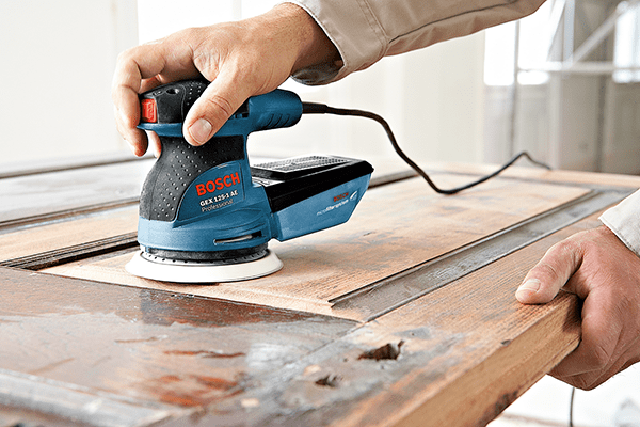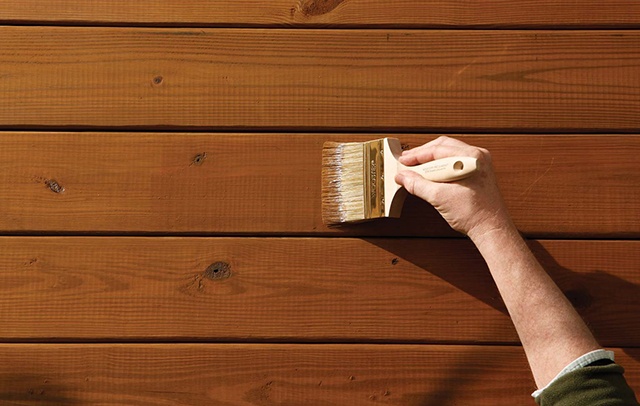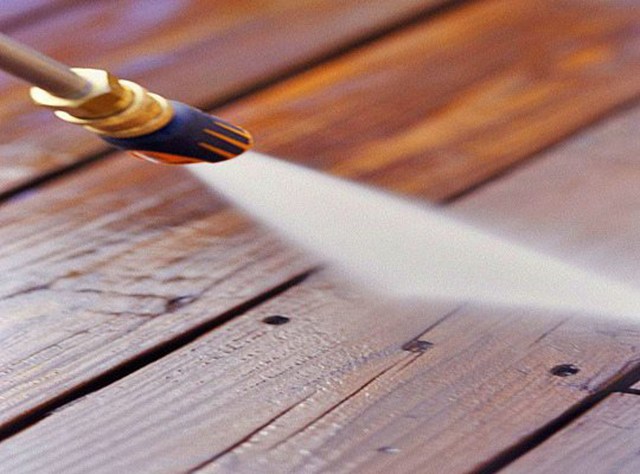1. Application of PU paint
PU paint is often used as a coating for interior and exterior surfaces such as: ferrous and non-ferrous metals, wood, plastic, plastered walls, concrete, primer....
2. Instructions for mixing PU paint
When applying with PU paint, you should equip and use yourself with various types of labor protection such as gloves, protective clothing, masks, eyeglasses,... Then follow these steps:
2.1 Prepare tools
2.2 Mixing PU paint
To blend you will need 9 parts PU Base (BASE) to 1 part PU Hardener by volume.
Then proceed to mix as follows: Stir the Base (BASE) and while stirring slowly add the Hardener and continue stirring until a homogeneous mixture is obtained.
Dilution should be performed only after the Base and Curing Agent have been mixed.
2.3 Dilution of PU paint
To dilute PU paint, you can use industrial paint thinner. With each type of instrument you will have a separate dilution ratio:
3. Technical instructions for painting PU on wooden furniture
Step 1: Sanding and surface treatment
This is an important step to help the next primer have better adhesion.

Step 2: Primer time 1
This is a colorless paint, so it should be mixed in a ratio of 2:1 (2 PU with 1 hard). This ratio can be adjusted depending on environmental conditions.

Step 3: Primer 2nd time
After the first step of primer (siller) must be sanded, filled with defects carefully and sprayed a second time
Step 4: Spray color
After completing the primer steps, this is the step to mix the paint color suitable for the type of wood you want to polish and spray paint on the wood.
Step 5: Spray surface gloss (top coat)
Depending on the paint model, we choose the appropriate paint gloss. There are many grades of paint gloss from the most opaque being 10%, up to 20%, 50%, 70% and 100%. It is necessary to consider environmental conditions as well as weather to add or reduce additives to slow down the evaporation rate.

Step 6: Preservation and packaging
This step is also very important, after applying the polish, you need to have a dust-free place to wait for the paint to dry. If there is dirt on it, it will make the paint color not beautiful. Total drying time is about 12-16 hours.
4. Important attention to quality, safety and environment
To ensure the factors of quality, safety and environment, the following points should be paid attention to: